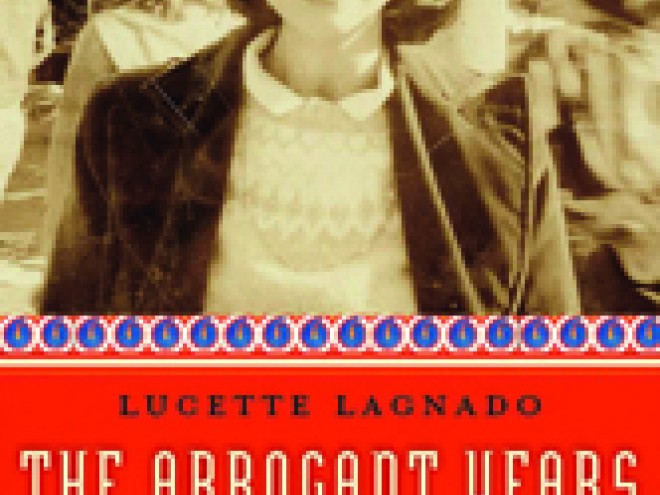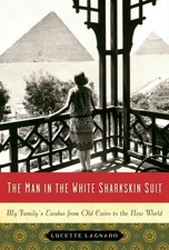This new memoir by the author of The Man in the White Sharkskin Suit contains a reminder that “once upon a time in old Cairo it was possible to be Jewish and a pasha … Jewish and an aristocrat, Jewish and a friend to ministers and kings.”
Such a time was fated to end when Gamal Abdel Nasser and his gang of anti-Semites assumed power in Egypt during the 1960s and prompted a new Jewish exodus from Egypt, which encompassed the Jewish populace from the humblest shopkeepers to the once politically important, highly cultured and wealthy Cattaui family.
While many departing Jews headed for Israel and Europe after Nasser’s ascent, some elected to emigrate to America, and it becomes apparent that Leon Lagnado’s decision to move his family to New York led to his own decline and his family’s difficult struggle to succeed in their new world.
It is their story that is told in this memoir, which begins with a light-hearted description of the author’s religious life as a rebellious child in Cairo’s Jewish community, and continues to describe and examine the years that followed, her arrogant years, splashed with misery at Vassar, but success at Columbia, and enriched by the Donnell library, but spattered by social misadventures, all culminating in her struggle to survive the ravages of cancer.
Reaching adulthood in a new land was not without its challenges for Lucette and her adored mother. The tale she tells is one of desperation mixed with some triumph, and acceptance of the inevitable.
Writing with humor and affection, Lagnado provides a masterful interlacing of her life story with the history and subsequent displacement of Cairo’s Jewish community. Of those whose lives touched hers, many fared well in the lands to which they had escaped, as she later learns and discloses.
With this memoir, Lagnado has transcended the passage of time, bringing her vanished world back to life and creating an indelible family picture, with her mother towering over all, and lingering in the mind.




